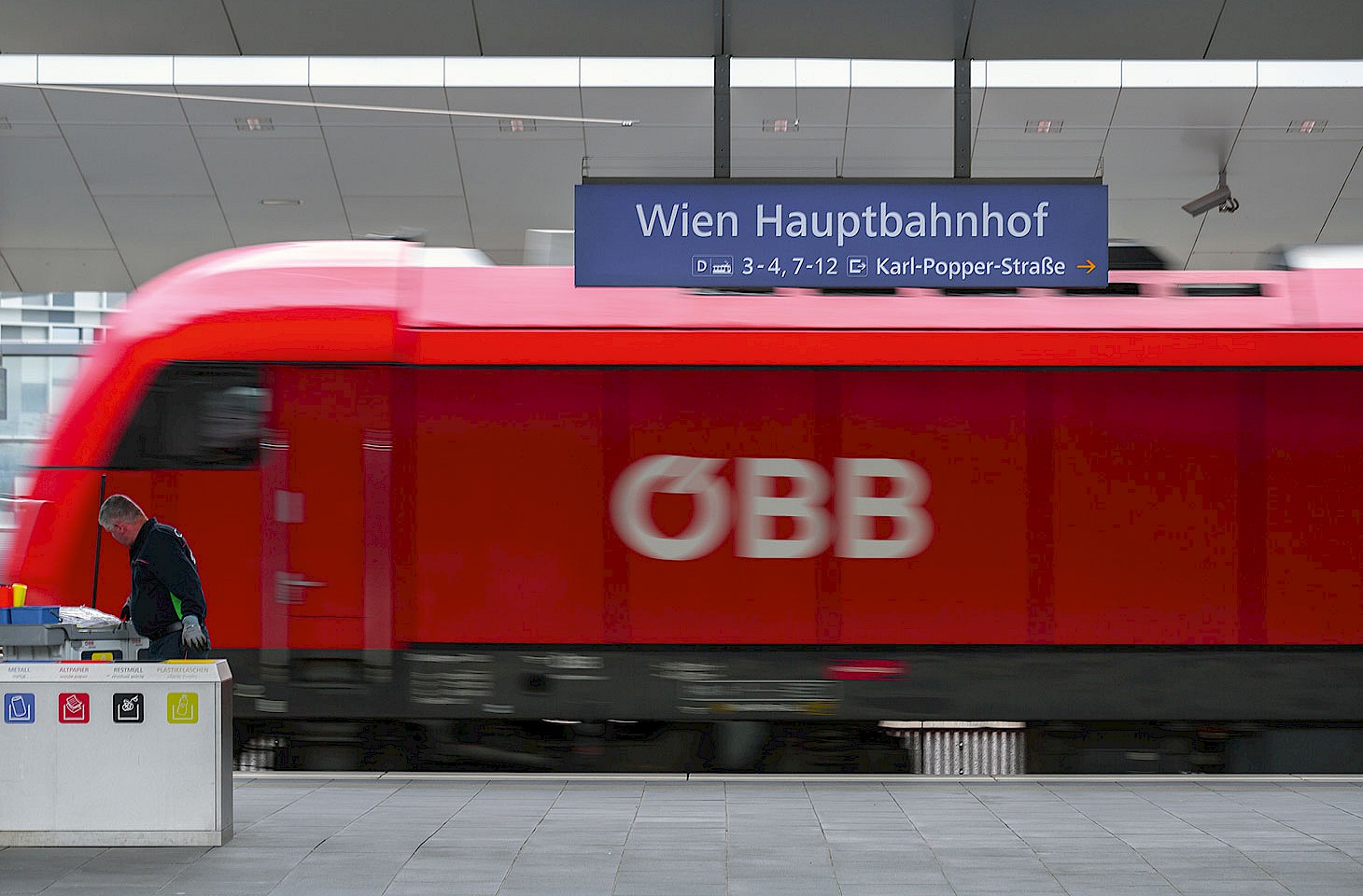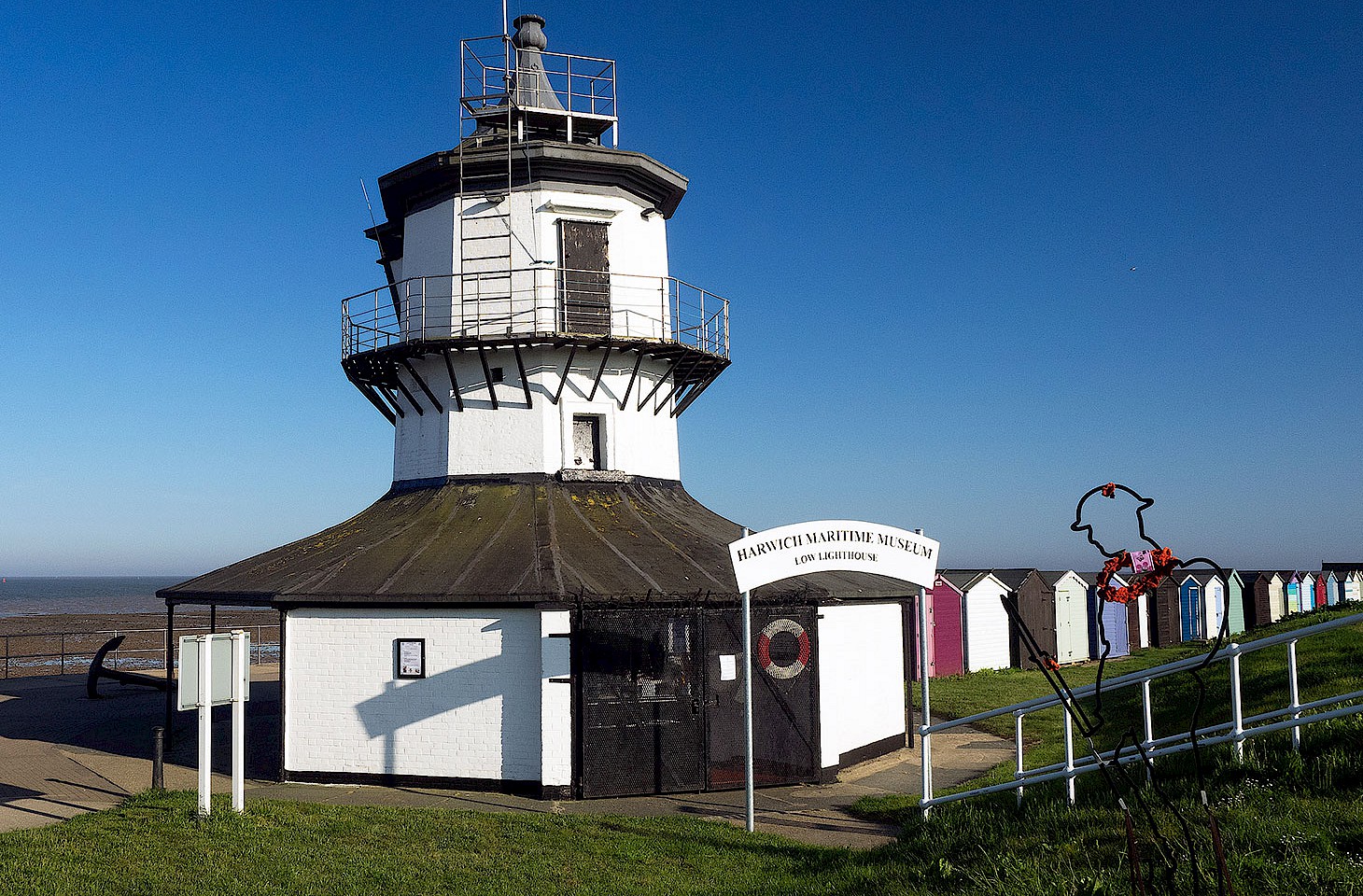We all know how trams run. Well, most of them. They run on tracks and, since the days when they stopped being pulled by horses, trams have generally been powered by electricity. Indeed, the Berlin suburb of Lichterfelde (where hidden europe is based) had the world’s first electric tramway. Most trams still rely on overhead wires to supply the power — although there is a growing interest these days in battery-powered trams which find favour in architecturally sensitive areas where the clutter of overhead wires curries no favour with planners or the public.
We all know how ferries run. Well, most of them. Horses were never a serious option in open water although there were 19th-century experiments with mules working treadmills on board a vessel for propulsion.




